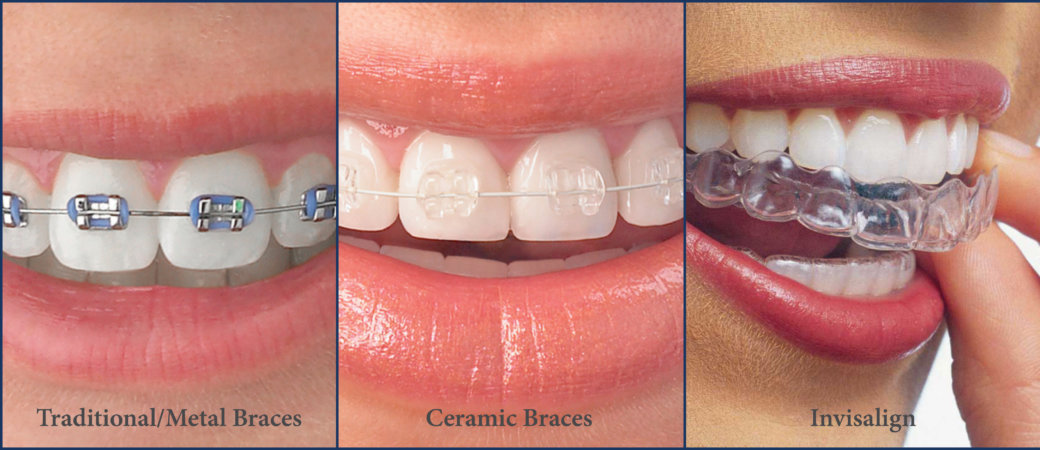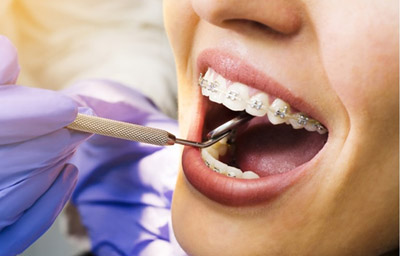7 Simple Techniques For Causey Orthodontics
7 Simple Techniques For Causey Orthodontics
Blog Article
All about Causey Orthodontics
Table of ContentsRumored Buzz on Causey OrthodonticsNot known Incorrect Statements About Causey Orthodontics How Causey Orthodontics can Save You Time, Stress, and Money.Causey Orthodontics Fundamentals ExplainedTop Guidelines Of Causey Orthodontics
Neglecting occlusal connections, it was normal to eliminate teeth for a range of oral concerns, such as malalignment or overcrowding. The concept of an undamaged teeth was not widely valued in those days, making bite connections seem unimportant. In the late 1800s, the principle of occlusion was necessary for producing trustworthy prosthetic replacement teeth.As these concepts of prosthetic occlusion advanced, it became an important tool for dental care. It was in 1890 that the work and impact of Dr. Edwards H. Angle started to be felt, with his payment to modern orthodontics particularly notable. Focused on prosthodontics, he showed in Pennsylvania and Minnesota prior to directing his focus towards oral occlusion and the treatments required to keep it as a typical problem, hence coming to be known as the "daddy of modern-day orthodontics".

The concept of suitable occlusion, as proposed by Angle and integrated into a category system, made it possible for a change towards treating malocclusion, which is any deviation from normal occlusion. Having a full collection of teeth on both arches was highly searched for in orthodontic therapy because of the requirement for specific partnerships between them.
How Causey Orthodontics can Save You Time, Stress, and Money.
As occlusion became the vital concern, face proportions and aesthetic appeals were overlooked - family orthodontics. To achieve ideal occlusals without making use of external pressures, Angle proposed that having perfect occlusion was the very best way to get maximum facial looks. With the passing away of time, it ended up being fairly evident that even an extraordinary occlusion was not suitable when thought about from an aesthetic viewpoint
Charles Tweed in America and Raymond Begg in Australia (that both studied under Angle) re-introduced dentistry extraction into orthodontics during the 1940s and 1950s so they might enhance facial esthetics while likewise ensuring better stability concerning occlusal connections. In the postwar duration, cephalometric radiography started to be utilized by orthodontists for determining modifications in tooth and jaw placement triggered by growth and therapy. It came to be noticeable that orthodontic treatment can adjust mandibular growth, leading to the development of practical jaw orthopedics in Europe and extraoral force steps in the US. These days, both useful appliances and extraoral devices are applied around the globe with the purpose of changing development patterns and types. Pursuing real, or at least improved, jaw relationships had ended up being the main purpose of treatment by the mid-20th century.
The Buzz on Causey Orthodontics
 The American Journal of Orthodontics was developed for this objective in 1915; before it, there were no clinical objectives to comply with, neither any type of precise category system and braces that lacked attributes. Up until the mid-1970s, dental braces were made by wrapping metal around each tooth. With advancements in adhesives, it came to be feasible to instead bond metal brackets to the teeth.
The American Journal of Orthodontics was developed for this objective in 1915; before it, there were no clinical objectives to comply with, neither any type of precise category system and braces that lacked attributes. Up until the mid-1970s, dental braces were made by wrapping metal around each tooth. With advancements in adhesives, it came to be feasible to instead bond metal brackets to the teeth.This has had purposeful impacts on orthodontic therapies that are carried out frequently, and these are: 1. Right interarchal connections 2. Appropriate crown angulation (idea) 3.
The benefit of the style hinges on its bracket and archwire combination, which calls for just minimal wire flexing from the orthodontist or medical professional (orthodontist expert). It's appropriately named after this function: the angle of the slot and thickness of the bracket base inevitably determine where each tooth is positioned with little demand for additional manipulation
Not known Incorrect Statements About Causey Orthodontics
Both of these systems employed the same brackets for every tooth and demanded the bending of an archwire in three aircrafts for situating teeth in their desired placements, with these bends dictating utmost placements. When it comes to orthodontic devices, they are split right into two kinds: detachable and repaired. Removable appliances can be handled and off by the person as needed.

Thus, mostly all modern set home appliances can be thought about variants on this edgewise device system. Early 20th-century orthodontist Edward Angle made a major contribution to the globe of dentistry. He created 4 distinct device systems that have actually been used as the basis for several orthodontic therapies today, disallowing a few exemptions.
Causey Orthodontics Things To Know Before You Buy

The wire finished in a string, and to relocate forward, a flexible nut was made use of, which permitted a boost in circumference. By ligation, each private tooth was connected to this extensive archwire (cheapest orthodontist near me). As a result of its restricted variety of activity, Angle was not able to attain specific tooth placing with an E-arch
These tubes held a soldered pin, which can be repositioned at each appointment in order to relocate them in position. Referred to as the "bone-growing home appliance", this contraption was supposed to motivate much healthier bone growth as a result of its capacity for transferring pressure directly to the roots. Nevertheless, applying it confirmed problematic in reality.
Report this page